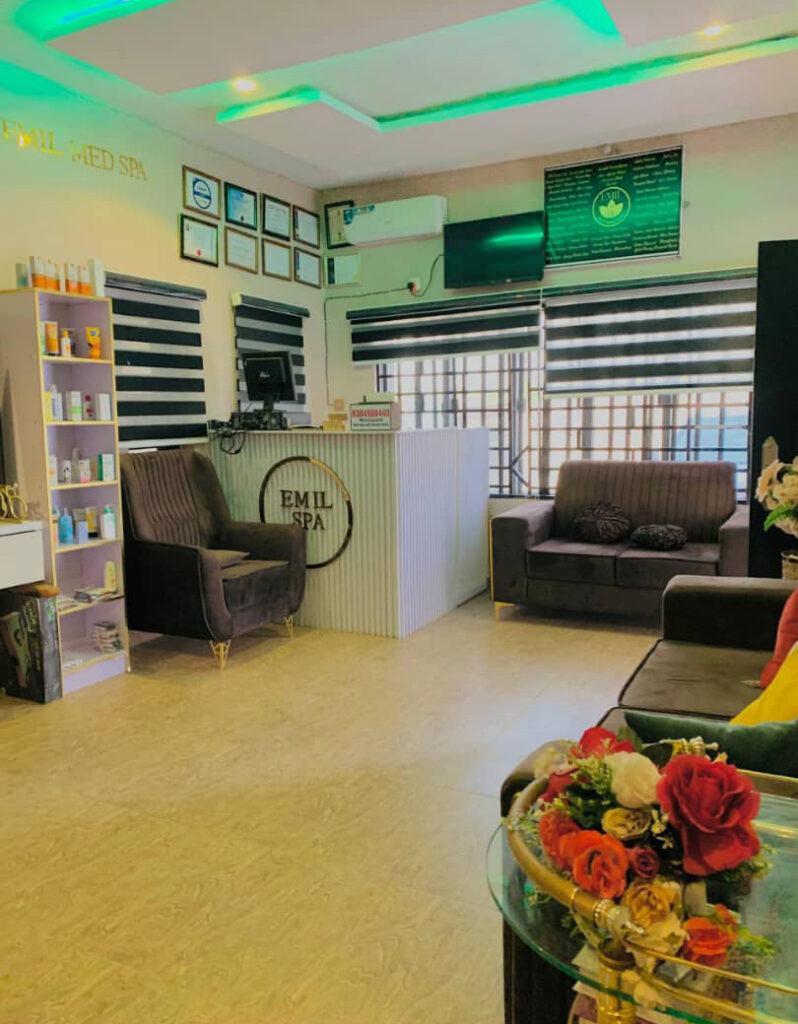- Home
- Services
-
-
Body Treatment
-
Vitamin IV Therapy
-
Massage
More Services

Considering a Service?
Feel free to reach out via message
or phone call. -
-
- Training
- Our Blog – Skincare Info At Your FingerTips
- Shop
- Contact
24hrs, Mon - Fri.
[+234] 70 3292 6970
- Home
- Services
-
-
Body Treatment
-
Vitamin IV Therapy
-
Massage
More Services

Considering a Service?
Feel free to reach out via message
or phone call. -
-
- Training
- Our Blog – Skincare Info At Your FingerTips
- Shop
- Contact
This website uses cookies to ensure you get the best experience on our website.
Download our app
Manage payments, schedule services, rate our service, track deliveries & more.
From
iOS App Store
From
Google Play
Newsletter
Subscribe to get exclusive offers, beauty tips & updates.
Follow Us on
Services
-
Medical spa
-
Dermatherapy
-
Aesthetics
-
Botox
-
Dermafiller
-
PDO threadlift
-
Body Treatment
-
Vitamin IV Therapy
-
Facials
-
Pedicure
-
Massage
-
Chemical Peel
-
Body Enhancement
-
Mesotherapy
-
Semi Permanent Makeup
-
Haircare/Hairdressing & Washing

Pemphigus is a rare group of chronic autoimmune blistering diseases that affect the skin and mucous membranes. It happens when the immune system produces antibodies that mistakenly attack proteins (desmogleins) that hold skin cells together. This causes the skin layers to separate, leading to fragile blisters and erosions.
Key Points:
1. Types of Pemphigus
Pemphigus vulgaris: Most common and serious form; usually starts in the mouth and then involves the skin.
Pemphigus foliaceus: Affects skin only, with more superficial blisters.
Paraneoplastic pemphigus: Rare, linked to cancers; severe and resistant to treatment.
2. Symptoms
Painful blisters that rupture easily.Erosions in the mouth, throat, skin, or genitals.
Difficulty eating or swallowing if mucosa is affected.
Skin pain and risk of infection due to open wounds.
3. Causes
Autoantibodies attack desmogleins (adhesion proteins in desmosomes).Exact trigger often unknown; sometimes linked to genetic predisposition, certain drugs (e.g., penicillamine, captopril), or malignancies.
4. Diagnosis
Clinical exam (fragile blisters, Nikolsky sign – gentle pressure causes skin to peel).Skin biopsy with immunofluorescence to detect antibodies.Blood tests for anti-desmoglein antibodies.
5. TreatmentSystemic corticosteroids (prednisone).Immunosuppressants (azathioprine, mycophenolate, cyclophosphamide).Biologics like rituximab (anti-CD20).Supportive care: wound care, pain relief, infection prevention, nutritional support if oral lesions are severe.
6. Prognosis
Before modern therapy, pemphigus was often fatal.With early and aggressive treatment, most patients can achieve remission, though long-term treatment may be needed.